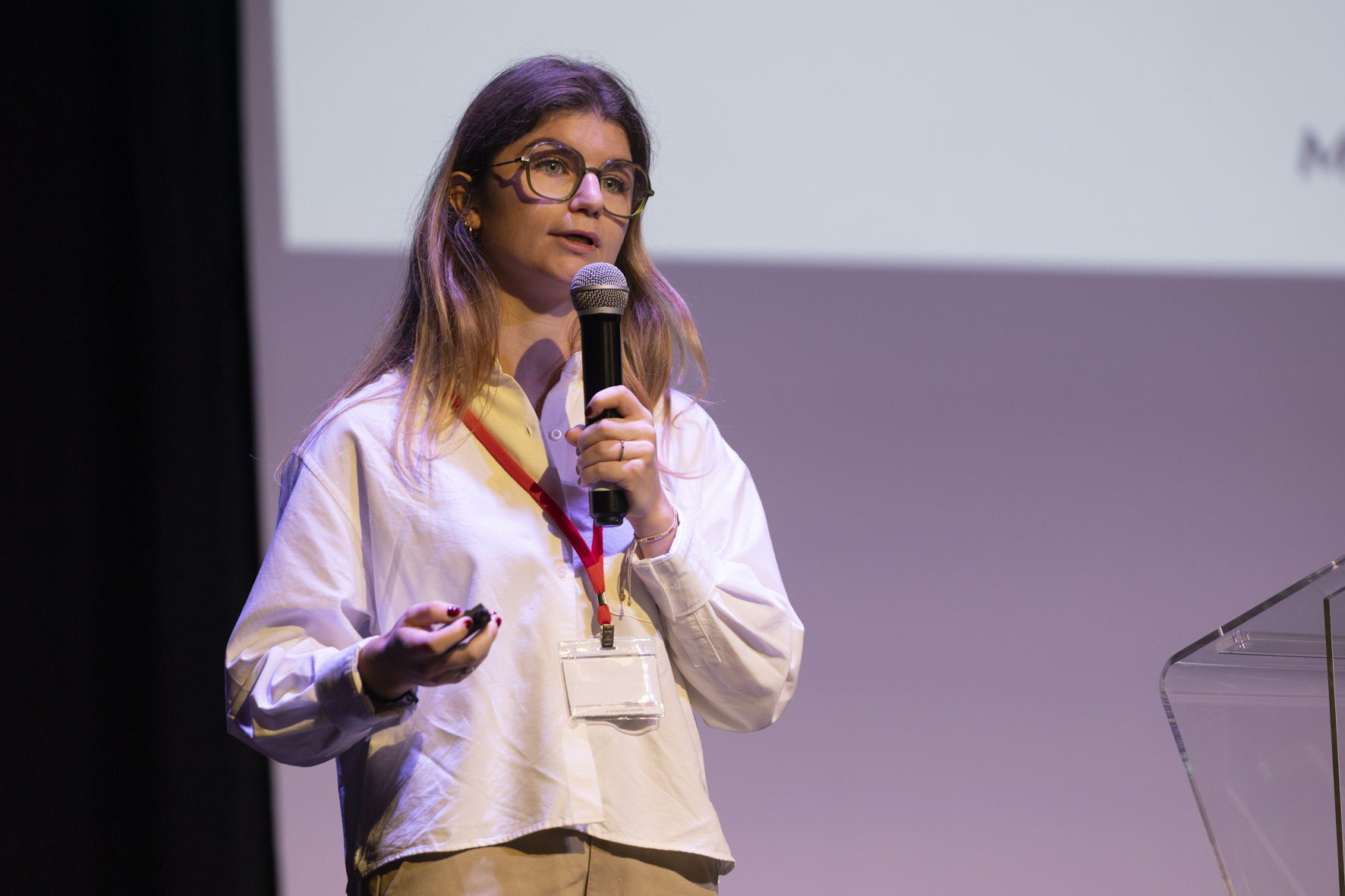Techno-Economic Comparison Between Semi-Solid Extrusion 3D Printing of Oral Forms and Capsule Compounding in a Hospital Setting
3 October 2025
L. Lemierre1,2, V. Delannoy2,3, F. Maillard3, I. Soulairol1,2,31 MB Therapeutics, Montpellier, France
2 ICGM, Université de Montpellier, CNRS, ENSCM, Montpellier, France
3 Département de pharmacie, CHU de Nîmes, Nîmes, France
Objective
This study compares two hospital-based manufacturing methods for personalized oral forms: semi-solid extrusion (SSE) 3D printing and traditional capsule compounding. The comparison is based on techno-economic criteria, including human resource requirements, production time, and final unit cost.
Methods
The comparison focuses on the production of 600-unit batches, each containing 1 mg of melatonin, compliant with the European Pharmacopoeia. For each method, the analysis encompasses the full manufacturing process, from the production order to pharmaceutical release.
The 3D printing process relies on semi-solid extrusion of an industrially validated pharmaceutical cartridge, followed by in situ drying within the printer (MED U PROD 1.0 ® – MB Therapeutics). The traditional method involves manual encapsulation using a 300-unit capsule-filling plate.
The unit cost is calculated from the cost of raw materials (cartridge vs. excipients + active pharmaceutical ingredient), a common packaging fee, a fixed cost for human resources (pharmacy technician, lab technician, and pharmacist), and a maintenance and laboratory consumables fee. This latter fee differs between methods: balances and HPLC are required for capsules, while only balances are used for printed oral forms (POFs). Costs are normalized by the number of oral forms delivered (580 POFs vs. 560 capsules).
Results
Intervention times vary significantly between the two methods:
• Pharmacy technician: 20 min for POFs versus 1 h 30 min for two capsule batches.
• Lab technician: 30 min for analysis of printed forms (mass control only), versus 4 h 30 min for capsules (mass and content uniformity testing). The content of POFs is calculated using the mass variation approach described in monograph 2.9.40, assuming the content corresponds to the value provided on the cartridge’s certificate of analysis.
The tax-free unit cost is €0.96 for POFs and €1.52 for capsules. The total production and control time is 2 h 10 min for 3D printing, versus 6 h 15 min for capsule compounding.
Conclusion et discussion
The results demonstrate the potential of SSE 3D printing as a faster and more cost-effective alternative for hospital manufacturing of personalized oral forms. The significant reduction in production time, particularly during analytical phases, enables more efficient use of human resources. This approach is especially relevant in hospital settings under resource constraints, for intermediate batch sizes (100 to 1000 units), and in cases requiring increased personalization. SSE 3D printing offers a robust and efficient solution that meets flexibility and cost-control requirements.
